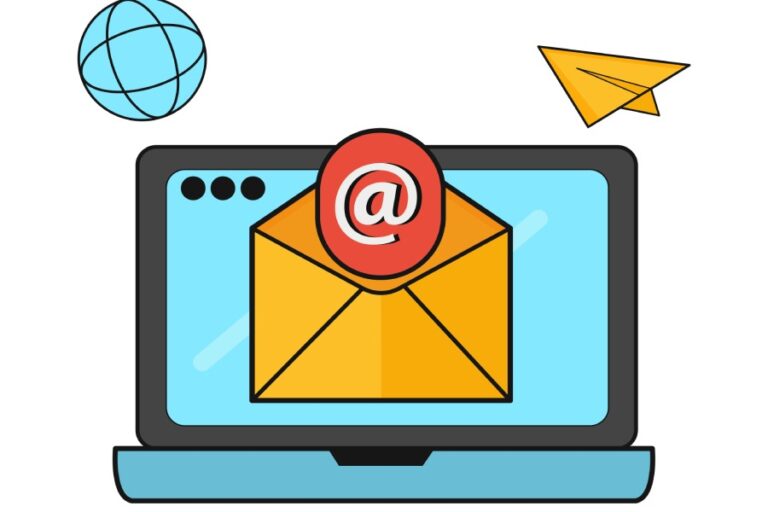
What is the difference between Sender Policy Framework and Sender ID?
Here’s a harsh truth: Email is not inherently secure, and it never was! Back in 1995, when the primitive version of SMTP (Simple Mail Transfer Protocol) was introduced, it was only supposed to ensure that emails were being delivered; there was nothing done to confirm their authenticity and legitimacy. It was this lack of security…

How does DMARC shield your business from different email-based cyber threats?
The last two decades have witnessed a steep surge in cyberattacks, and 2025 is not going to be any different. What’s extremely concerning is that as many as 3.4 billion emails are sent out by threat actors every single day! This is precisely why businesses, as well as individuals, must prioritize cybersecurity at any cost….

Apple Fixes USB, Embargo Leaks Data, Politics Hinder Cybersecurity
It’s the second week of February, and we are back once again with our weekly dose of fresh cyber news. Threat actors around the world are trying their best to sneak into systems and networks to impart critical damage. Meanwhile, cybersecurity experts are doing their best to curb this growing menace. Experts believe that rapid…

Learning to find the source owner using the ‘envelope_to’ domain
An ‘envelope_to’ domain is the domain in the recipient’s email address. This address can be used to understand how some of the legitimate emails are failing DMARC checks. If you are unsure about the troubleshooting methods, using the ‘envelope_to’ domain to find the source owner is a wise choice. Using this technique, you get to…

Cybercriminals Target X, Nigeria Fights Cyberattacks, Threat Actors Attack
A fresh new month, a brand new starting. Yes, it is the month of February, and some of you are aiming to crush your Q1 2025 goals, while others are getting a bit tired of the 2025 New Year resolution rush. Businesses, brands, and e-commerce platforms are running lucrative offers to lure consumers into splurging…
